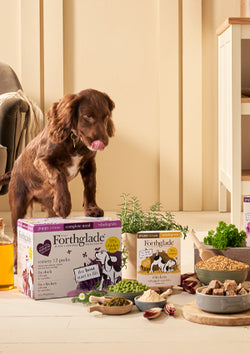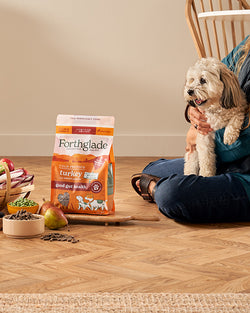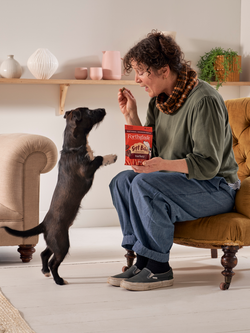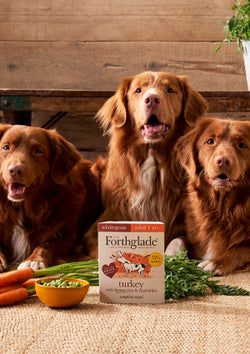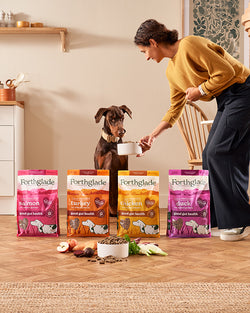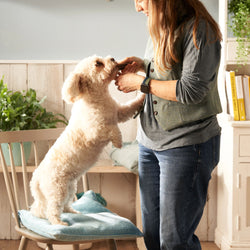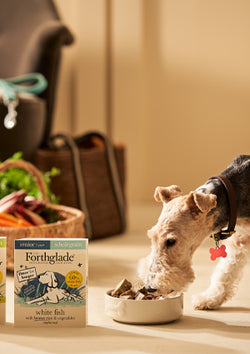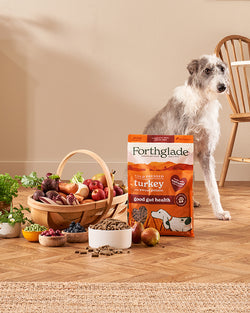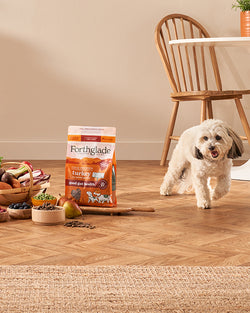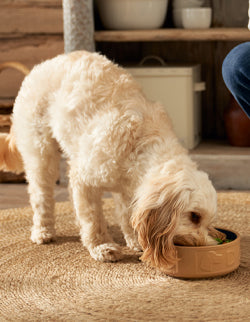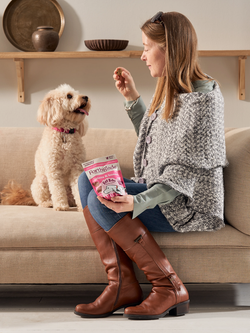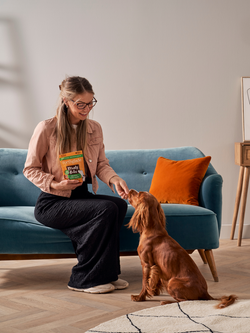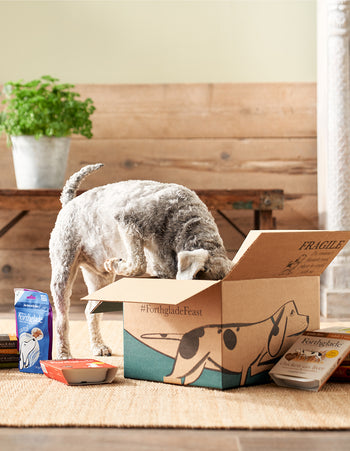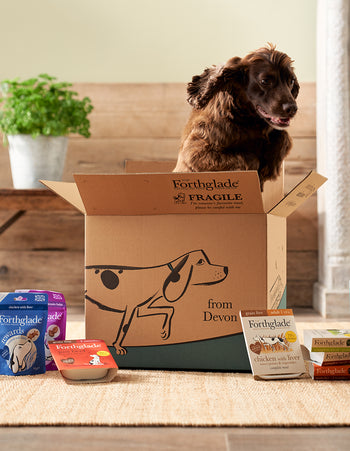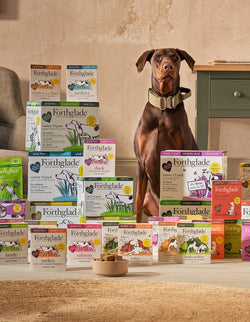In 2019, pet-lovers across the nation were gripped by the sad news that a healthy Hungarian Vizsla, called Ruby, had tragically died from sweetener poisoning. After cheekily stealing two brownies containing Xylitol, Ruby became very ill 36 hours later. She deteriorated further over the following week and tragically died 5 days after being put on life support.

Ruby's devastated owner Kate was understandably left heartbroken. Despite having spent more than £10,000 in care, Ruby couldn't be saved and sadly passed away at The Royal Veterinary College, London of liver failure and a suspected stroke.
Kate wanted to share her story to raise awareness of the dangers of dogs consuming natural sweeteners. And as pet-lovers ourselves, we want to share what you need to know about Xylitol, and why it's so perilous for your pup.
Which Foods Contain Xylitol?

Xylitol is the name of a natural sugar substitute or artificial sweetener. It is often used as a low-calorie or sugar-free option in baking and other sweets. It can be found in a wide range of products:
- Sugar-free chewing gum
- Sweets
- Mints
- Toothpaste & mouthwash
- Some peanut and nut-butters
- Dietary supplements
- Cough syrup
- Chewy vitamins
- Sugar-free desserts
- Baked treats
What Is Xylitol Made From?
Xylitol is a naturally occurring substance found in plants, including (in very small amounts) lots of fruits and vegetables. Generally, Xylitol is extracted from birch wood and is used for medicinal purposes, and as a sugar substitute.
How Is Xylitol Used In Medicine?
In human medicine, Xylitol is used to prevent middle ear infections (otitis media) in young children, and as a sugar substitute for people with diabetes. It is added to some chewing gums and other oral care products to prevent tooth decay and dry mouth, as well as being present in tube feeding formulas as a source of energy.
Why Is Xylitol Dangerous For My Dog?
In both humans and dogs, blood sugar levels are controlled by the release of insulin by the pancreas. In humans, Xylitol does not trigger this release, whereas in dogs, it’s a different situation. Ingesting Xylitol triggers a rapid release of insulin (as it’s absorbed into the bloodstream quickly), which in turn results in a dramatic drop in the level of blood sugar.
This hypoglycemic reaction can be life-threatening and cause irreparable liver damage in dogs. And, depending on the size of your dog, it can be caused by the consumption of even small amounts of Xylitol - the amount that would be found, for example, in a single strip of chewing gum.
What Are The Symptoms Of Xylitol Poisoning?
Some symptoms of toxicity develop within half an hour, whereas in other cases, they might be delayed by a few hours or even a few days. You may observe some of the following symptoms:
- Vomiting
- Lethargy
- Lack of coordination
- Collapse
- Seizures and tremors
- Coma
What Should I Do If My Dog Has Eaten Xylitol?
If you suspect that your dog has ingested something containing xylitol, it’s vital that you seek help from your vet immediately, whether or not they are displaying signs of poisoning. Any delay in veterinary intervention could result in complications and irreversible damage.
With or without symptoms, it’s important to act fast and speak to your vet to prevent serious illness or even death. Xylitol is absorbed into the bloodstream quickly, so get help as soon as you can. And if you can, take any packaging with you to help the vet identify quantities and other ingredients.

How is Xylitol Poisoning Treated?
Xylitol poisoning is usually treated by induced vomiting, if you get to your vet in good time. This helps get it out of their system and prevent more serious damage. Your dog will most likely then be put on an IV (intravenous) sugar drip to regulate and stabilise their blood sugar levels. They’ll probably be observed closely for 48+ hours to monitor any developments.
If your dog’s condition is more serious and their liver is damaged, then more life-saving, specialist treatment is needed.
How To Avoid Xylitol Poisoning
- This, of course, may seem obvious, but check the ingredients list on products that you buy. Especially products that are advertised as sugar-free, low-sugar or low-calorie.
- Keep products containing Xylitol well away from your dog’s reach. Probably a cupboard up high as some dogs are expert kitchen counter snafflers!
- Only ever use canine toothpaste - don’t be tempted to use human toothpaste.
- If you use nut butter in your dog’s treats or as a means for them to take pills, make sure it doesn’t contain Xylitol.
And if we’ve now got you worried about toxic foods for dogs, you can read our upcoming blog post for a full list of foods that are dangerous for canines. Helping to keep your furry friends safe, always.

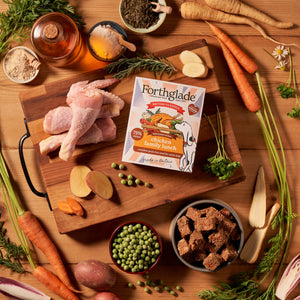
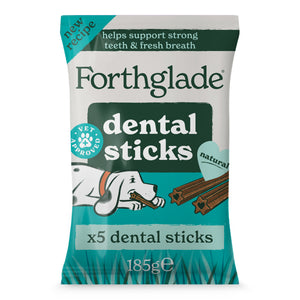
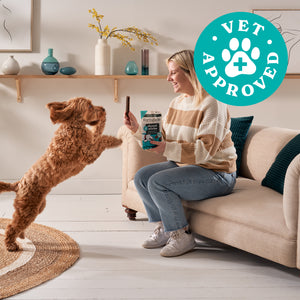
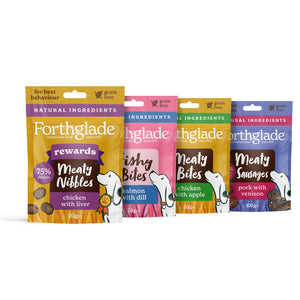
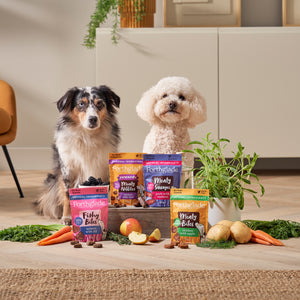


 Over 12,000 5* Reviews
Over 12,000 5* Reviews
 Subscribe & Save At Least 10% Off Every Order!
Subscribe & Save At Least 10% Off Every Order!


